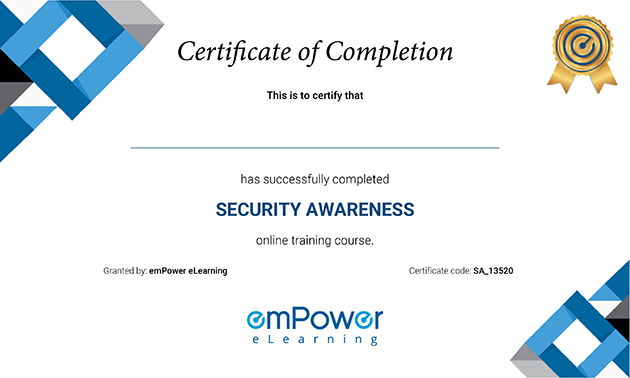Complete Privacy and Security in Online Social Media and Awareness Training
Discover the Importance of Privacy and Security in Online Social Media. Empower Yourself with Our Social Media Awareness Training.

Our Client

































What is Using Social Network Safely
Social networks such as LinkedIn, Facebook, and Twitter are commonplace and can be excellent business tools. However, using them can be risky as well. Staying safe on social media isn’t easy. Online bullying and harassment have become a commonplace threat. Similarly, privacy and security in online social media is also a huge risk.
As you go through this course, you’ll learn about these dangers. You’ll also learn how to protect yourself and your organization from them. During the course of this training, first, we’ll introduce you to the risks of using social networks. Then, you’ll look at privacy and security in online social media. You’ll learn about the threats that you may face when using social networks. We’ll cover shortened URLs, phishing, and 3rd party applications as well.
Lastly, we’ll look at the precautions you must take when using social networks. You’ll learn about primary defenses and other measures you can take for staying safe on social media.
Course Description
| Category | Information Security |
| Course Name | Using Social Networks Safely |
| Duration | 30 mins |
| Certificate Included | Yes |
| Languages | English |
| Course Type | Interactive online training |
| Narration | Yes |
| Format | LM-light, SCORM 1.2 |
| Supported Devices | Desktop/Laptop, Tablet, Phone |
| Last Updated | June 30, 2021 |
What you’ll learn
- What are social networks?
- Risks of using social networks
- How criminals and hackers can exploit careless use of social networks
- Security and privacy threats and how they might affect you
- How to protect yourself and your organization from the risks posed by social networks
Curriculum
- Using social media safely
- Structure of the ‘Using social media safely’ course
- Social media for business and personal use
- The risks of social networks
- What are social networks?
- What are the risks of using social networks?
- Examples of how criminals exploit social networks
- Security and privacy threats on social media
- The threat of using shortened URLs over social media
- How to deal with malicious shortened URLs
- Phishing over social media
- Malicious social media 3rd party applications
- Security threats when using wireless connections
- Protecting yourself and your organization over social media
- Social media defenses – Privacy controls
- Social media defenses – Limit the information you post
- Social media defenses – Other security measures
- Social media defenses – Keep your eyes and ears open
Who Should Attend?
- Marketing and sales staff
- Company staff that handles company’s social media handles, including customer service agents
- All members of staff who maintain personal social media accounts
- IT security staff who need to expand their understanding of their attack surface
Why emPower
100s of customers
- 14+ Years of experience in working with small to large businesses from different industries
- 95% customer retention
Customer Experience
- 24x7 dedicated support and toll free number
- 99%+ guaranteed uptime
Extremely Cost-effective
- As low as $0.99/user/yr
- We will match or better the price of your current LMS
Effective Courses
- Each course is 20-40 min long to ensure engagement with quizzes and certificate
- SCORM 1.2 Compliant
Implementation
- No setup costs
- We deploy your customized solution in less than 48 hours
Our Achievements
Here you can review some statistics about our Education Center
Related Courses
Start Your Certification Course Today
Harassment is a legal offense, managers and supervisors must identify behaviors that need to be recorded as harassment. As you go through the sexual harassment training – in New York, you’ll learn about different types of sexual harassment. At the workplace, you can classify most harassment into one of the three categories listed below.
- Verbal Harassment
Verbal harassment covers verbal misconduct that is offensive and derogatory. Jokes, slurs, name-calling, and insults that intend to be demeaning and abusive are forms of verbal harassment.
- Physical Harassment
Unwanted touching, lewd gestures, and making sexually suggestive gestures are forms of physical harassment. Harassment becomes physical when the victim is touched appropriately.
- Non-Verbal Harassment
Examples of non-verbal harassment include physical conduct such as blocking or cornering a person or staring or winking at them. Display of sexually suggestive printed material is also a form of such harassment.

